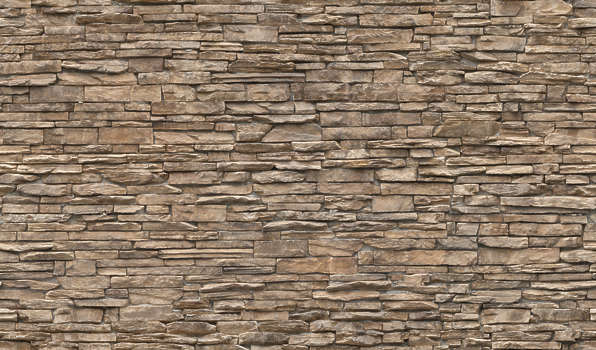In the realm of interior design, the question often arises: What is the best interior wall? The answer, however, is not as straightforward as one might think. The best interior walls are not solely determined by their aesthetic appeal, but also by their functionality, durability, and the overall design concept of the space. This article will delve into the various aspects that contribute to the 'best' interior walls, offering insights into the latest trends, materials, and design strategies.
- Material Matters
The choice of material for your interior walls significantly impacts the overall look and feel of your space. Traditional drywall is a popular choice due to its versatility and cost-effectiveness. However, other materials like wood paneling, brick, concrete, or glass can add unique textures and character to a room. For instance, reclaimed wood can lend a rustic charm, while glass walls can create a modern, open-concept feel.
- Color and Texture
The color and texture of your walls play a crucial role in setting the mood and tone of a room. Neutral colors like white, beige, or gray are timeless choices that offer a clean, minimalist look. On the other hand, bold colors can make a dramatic statement. Textured walls, such as those with stucco or beadboard, can add depth and interest to your space.
- Functionality and Durability
The best interior walls are not just about aesthetics; they also need to be functional and durable. Consider the purpose of the room and the lifestyle of its occupants. For instance, in a child's room or a high-traffic area, you might want to opt for a semi-gloss or satin paint finish, which is easier to clean and more resistant to wear and tear.
- Design Trends
Staying abreast of the latest design trends can help you choose the best interior walls for your space. For instance, wallpaper has made a huge comeback in recent years, with modern designs that are far removed from the dated patterns of the past. Similarly, accent walls continue to be a popular design feature, allowing for a pop of color or texture without overwhelming the space.
- Sustainability
In today's eco-conscious world, sustainability is a significant factor in choosing the best interior walls. Materials like bamboo, cork, and recycled metal are not only environmentally friendly but also stylish and durable. Additionally, using low-VOC or VOC-free paints can improve indoor air quality and contribute to a healthier living environment.
In conclusion, the best interior walls are a harmonious blend of aesthetics, functionality, durability, and sustainability. They reflect the personality and lifestyle of the occupants, while also enhancing the overall design concept of the space. Whether you're renovating an old home or designing a new one, considering these factors can help you create interior walls that are not just visually appealing, but also practical and sustainable.

